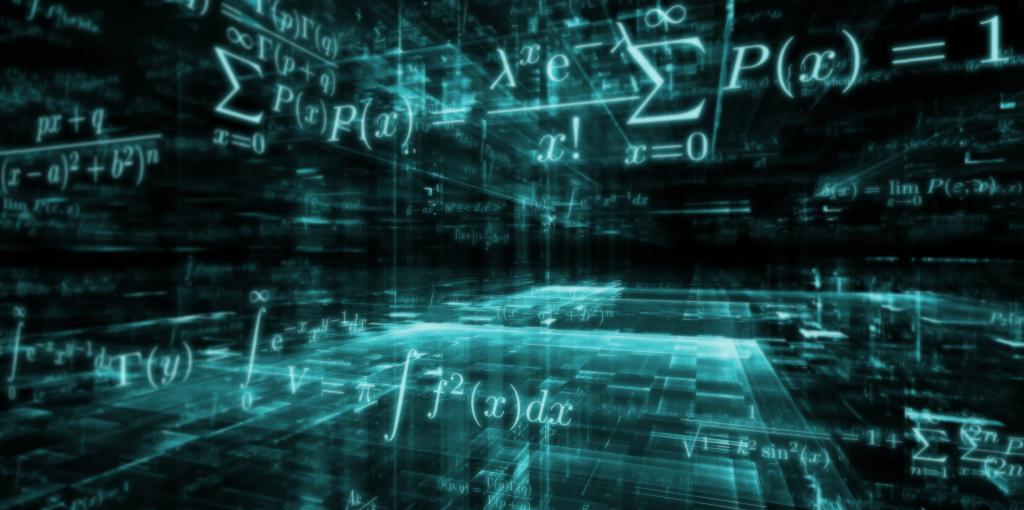Admission CTAs
Applied and Computational Math Seminar: SIAM/AWM Student Talks
Speaker:Ratna Khatri (GMU)
Title: Regularization in Tomographic Reconstruction
Abstract: Tomographic reconstruction is a non-invasive 2D/3D image recovery technique based on inversion of a sequence of 1D/2D projections arising from multiple angles. It is widely used at the Advanced Photon Source at Argonne National Lab for applications in diverse science fields ranging from material science/engineering to biology and physics. One way of solving this problem is via linear least squares optimization formulation assuming the experimental data follows a Gaussian distribution. Due to limited data, the problem is usually ill-conditioned (e.g., the projection operator is rank-deficient). Our goal is to narrow down the solution space by imposing prior constraints like sparsity and smoothness. We study regularization techniques like lasso, ridge and elastic net regression for tomographic reconstruction, and provide a performance comparison among different types of regularizers.
Speaker:Lucas Bouck (GMU)
Title: Root Finding with Chebyshev Polynomials in Two Dimensions
Abstract: Root finding is a ubiquitous problem in the field of numerical analysis. The problem becomes especially difficult when dealing with systems of nonlinear equations. The problem we specifically address is a global root finding problem in two dimensions. We utilize Chebysehev polynomials to approximate the component functions and then find the common roots of the polynomials. The first part of the algorithm is a replication of the root finding algorithm in ChebFun2, which was developed by Alex Townsend (2014). This method is only for rectangular domains, and we have also developed ideas for extending the algorithm to more general domains.
Speaker:Marilyn Vazquez (GMU)
Title: A Manifold Learning Approach to Image Segmentation
Abstract: A novel approach to image segmentation is proposed that separates textures with minimal prior knowledge. The image is studied as a point cloud of sub-images (patches) that is clustered using the manifold learning framework. To achieve this, we apply the Continuous k-Nearest Neighbors (CkNN) algorithm, an efficient and accurate clustering algorithm, to a subcollection of patches selected by sample density. CkNN outputs clusters, each containing patches of a distinct texture. The remaining patches are classified according to the cluster labels of their nearest neighbors. Finally, each pixel is classified on the basis of patches containing it. We present results on synthetic examples and images from a scanning electron microscope.
